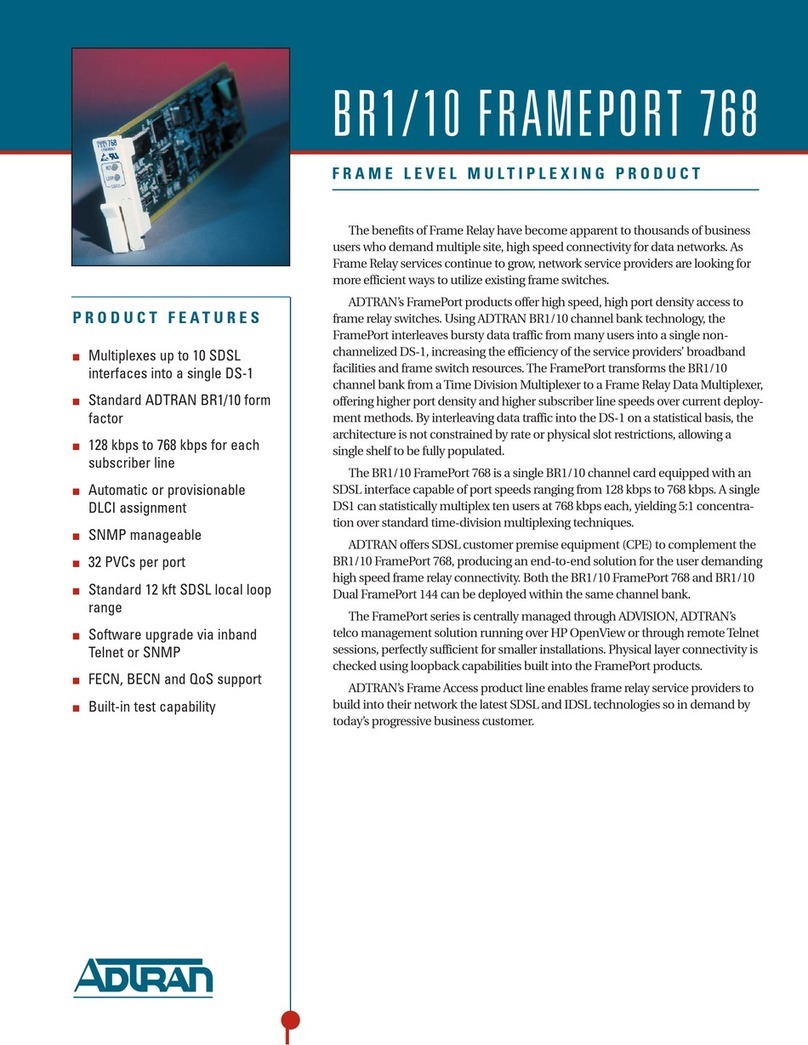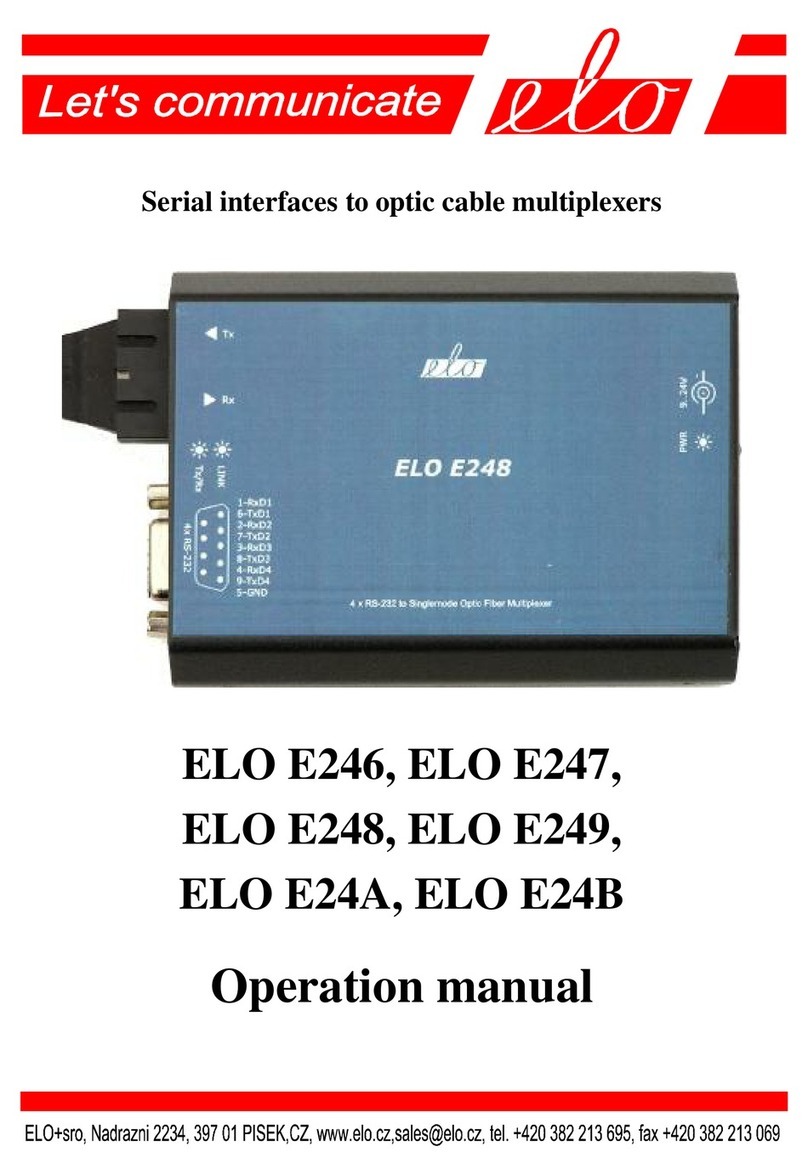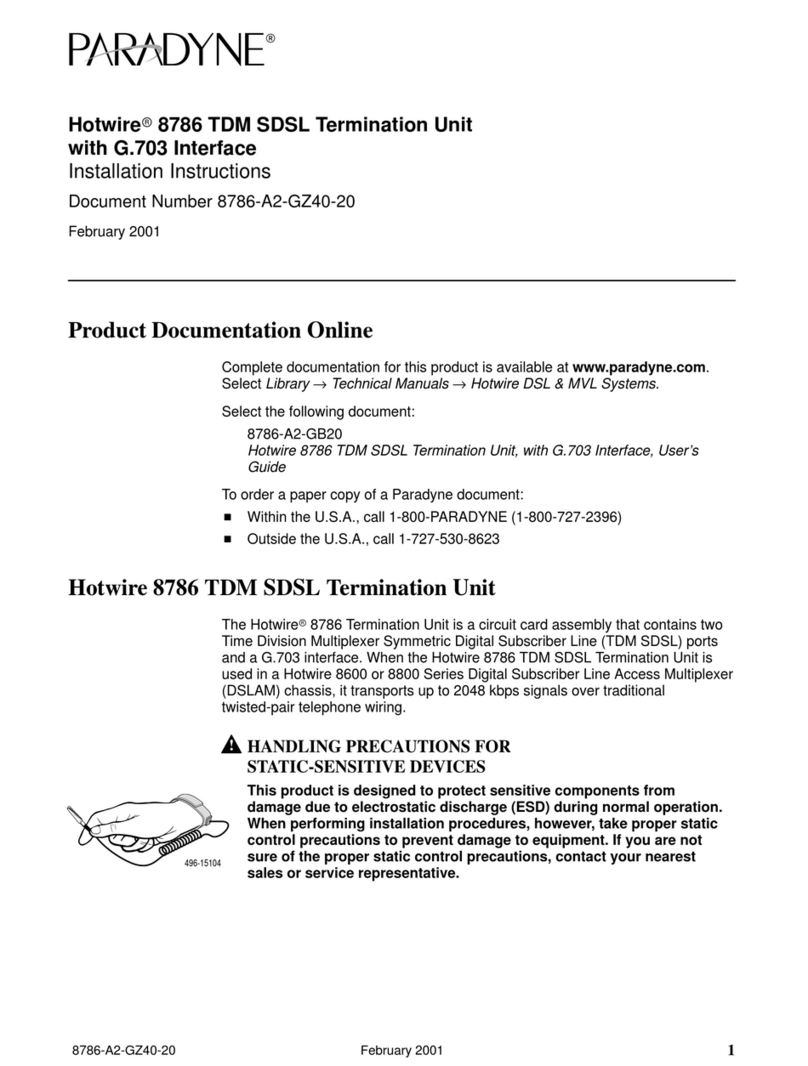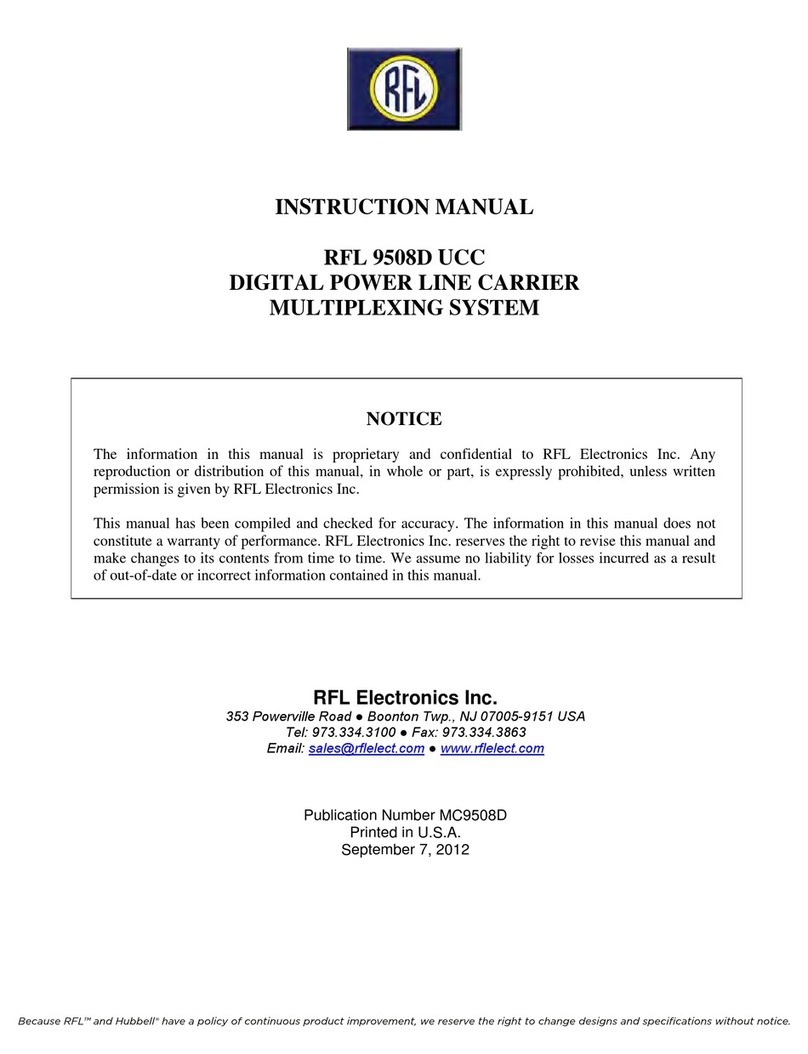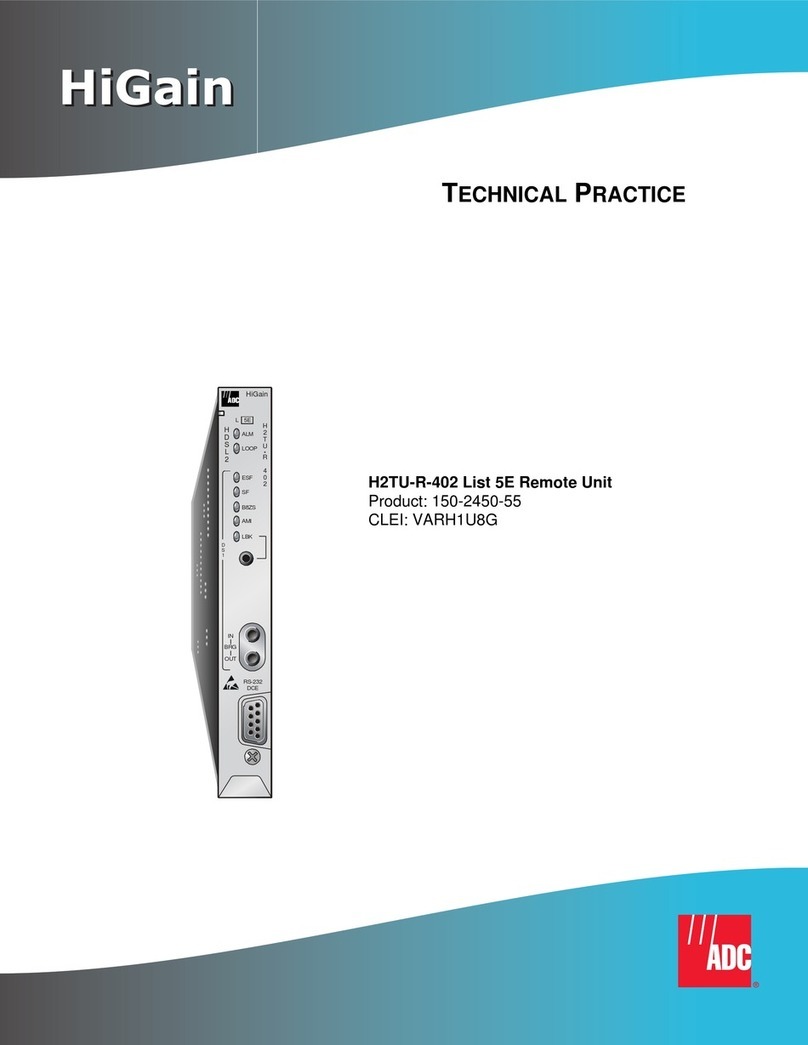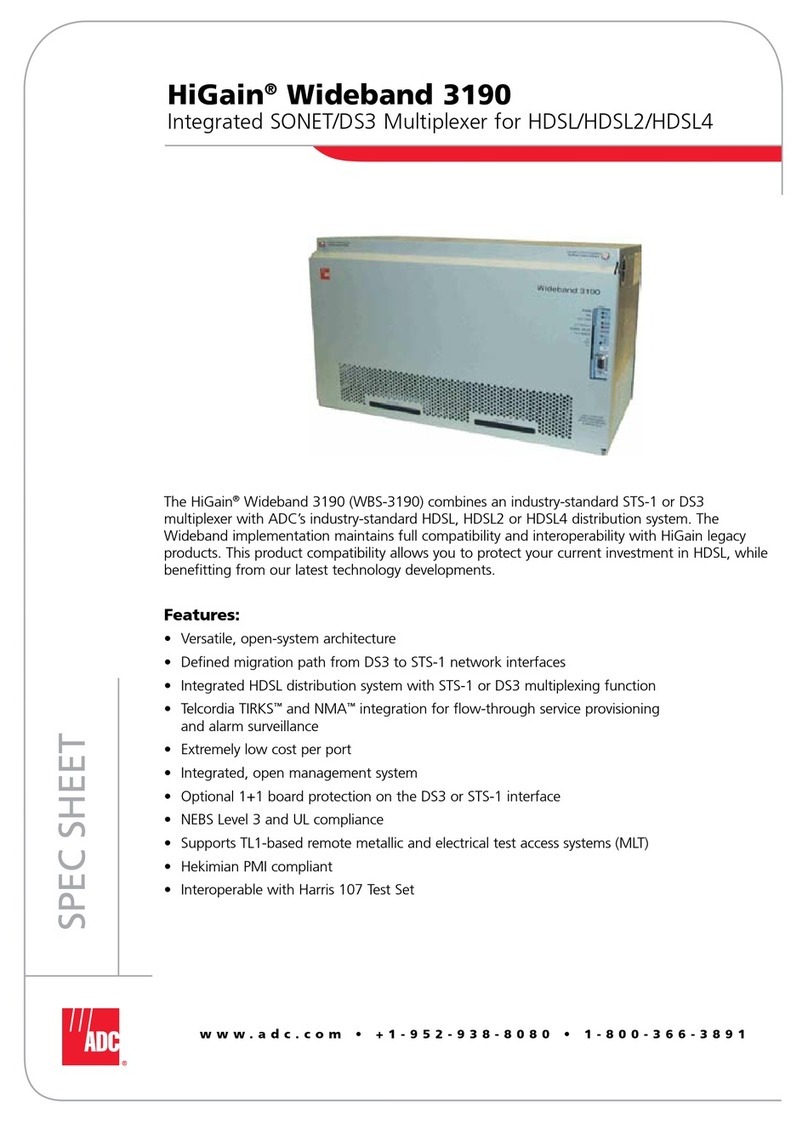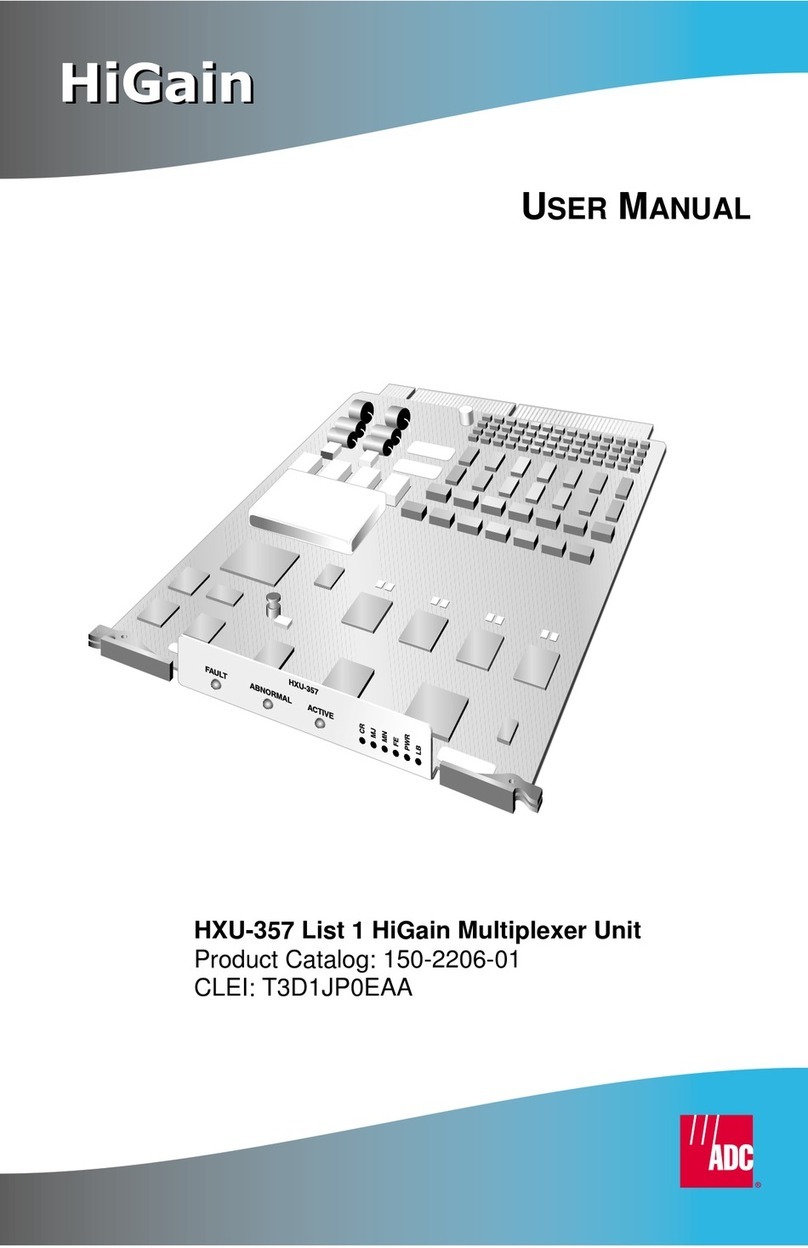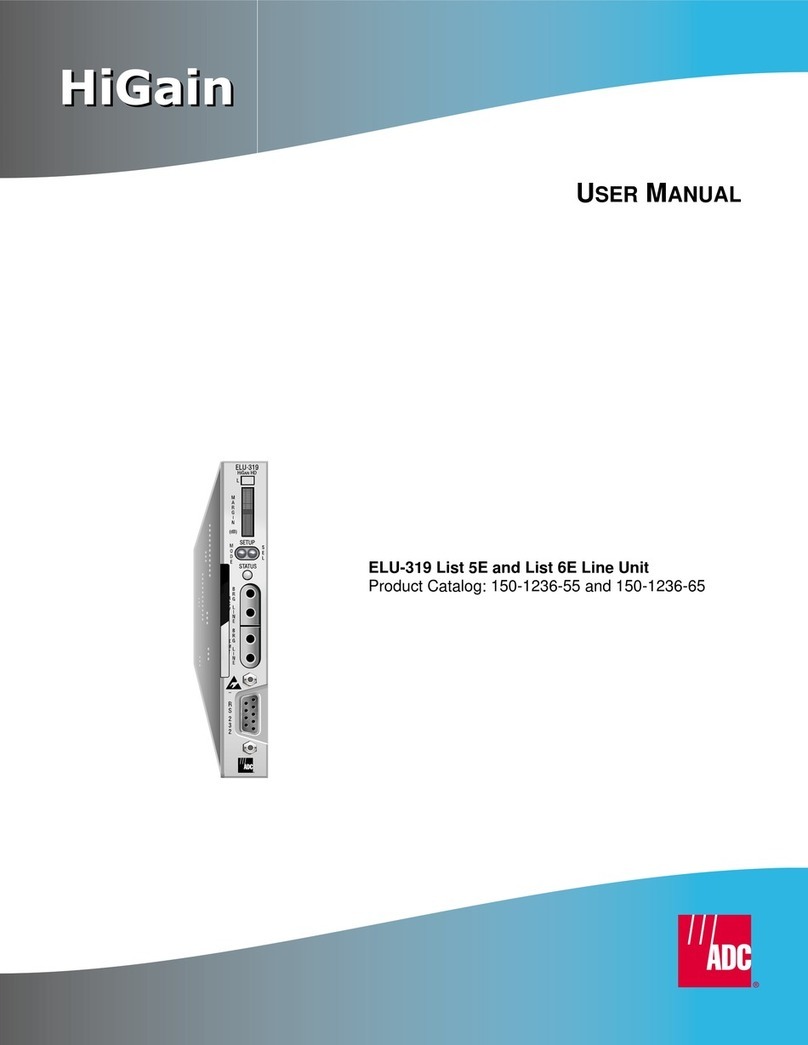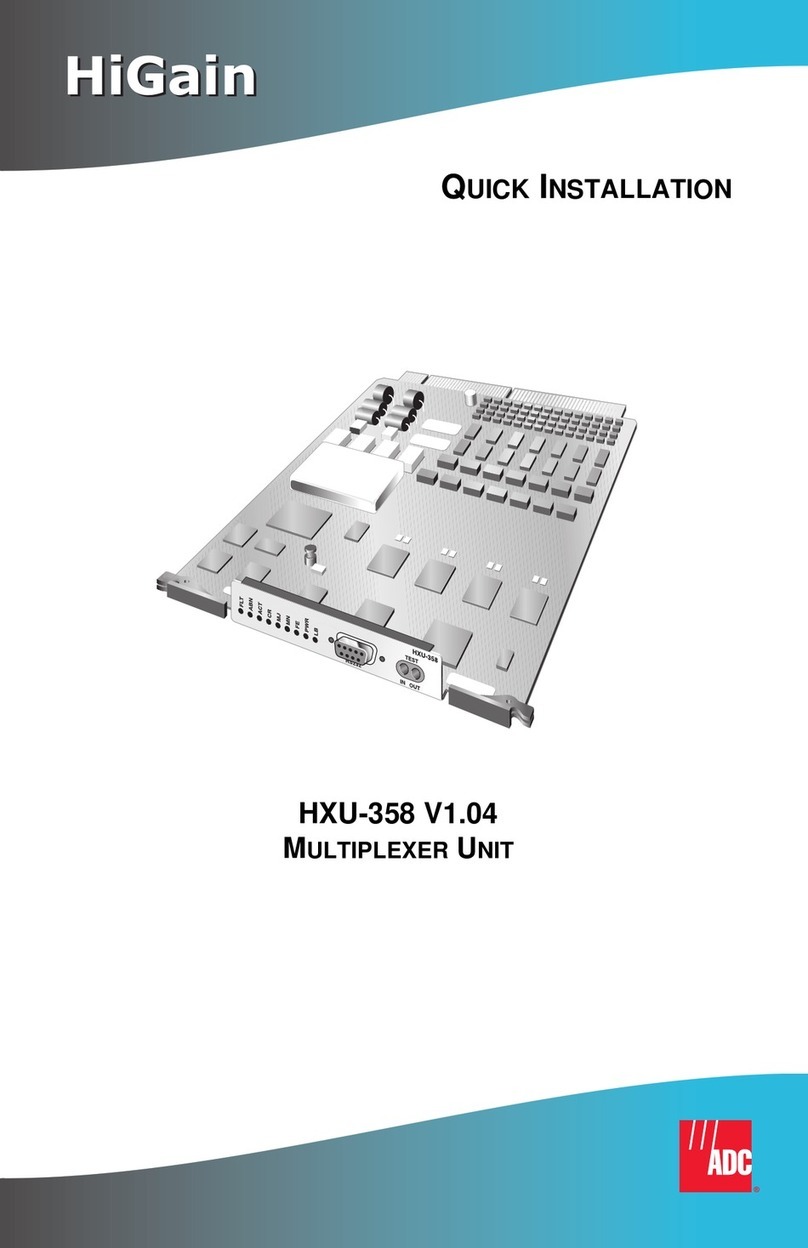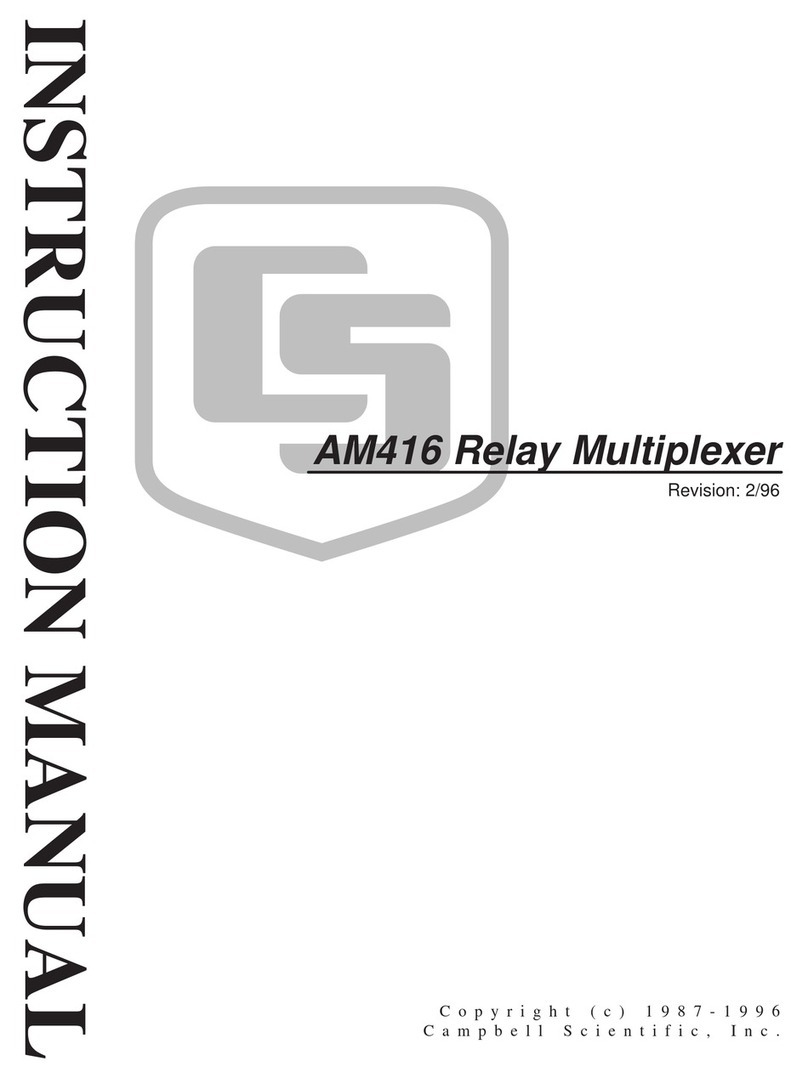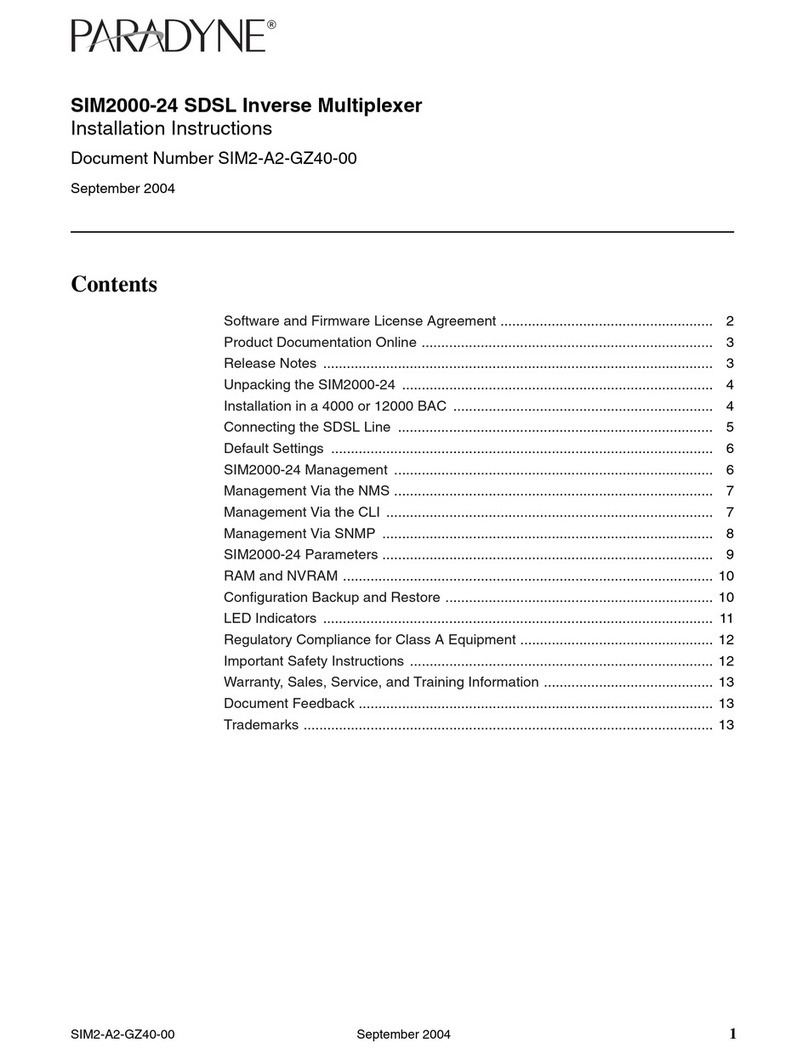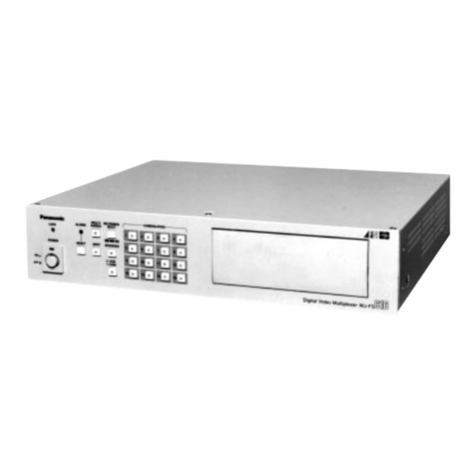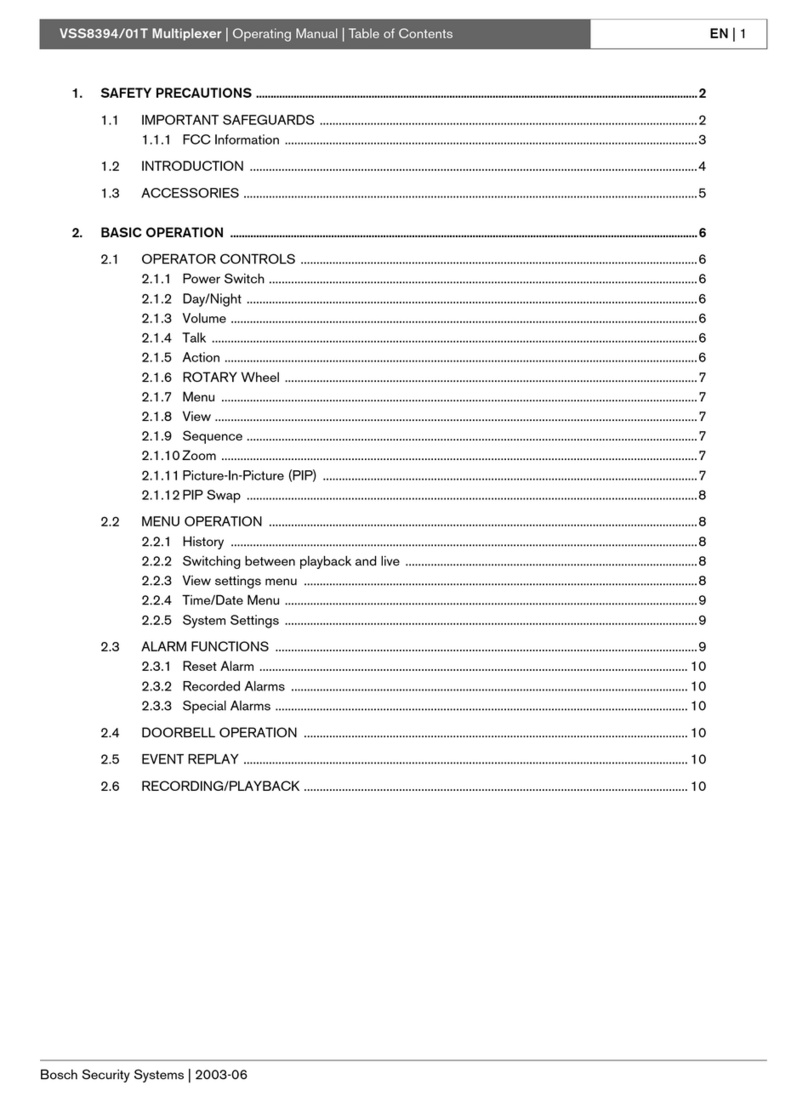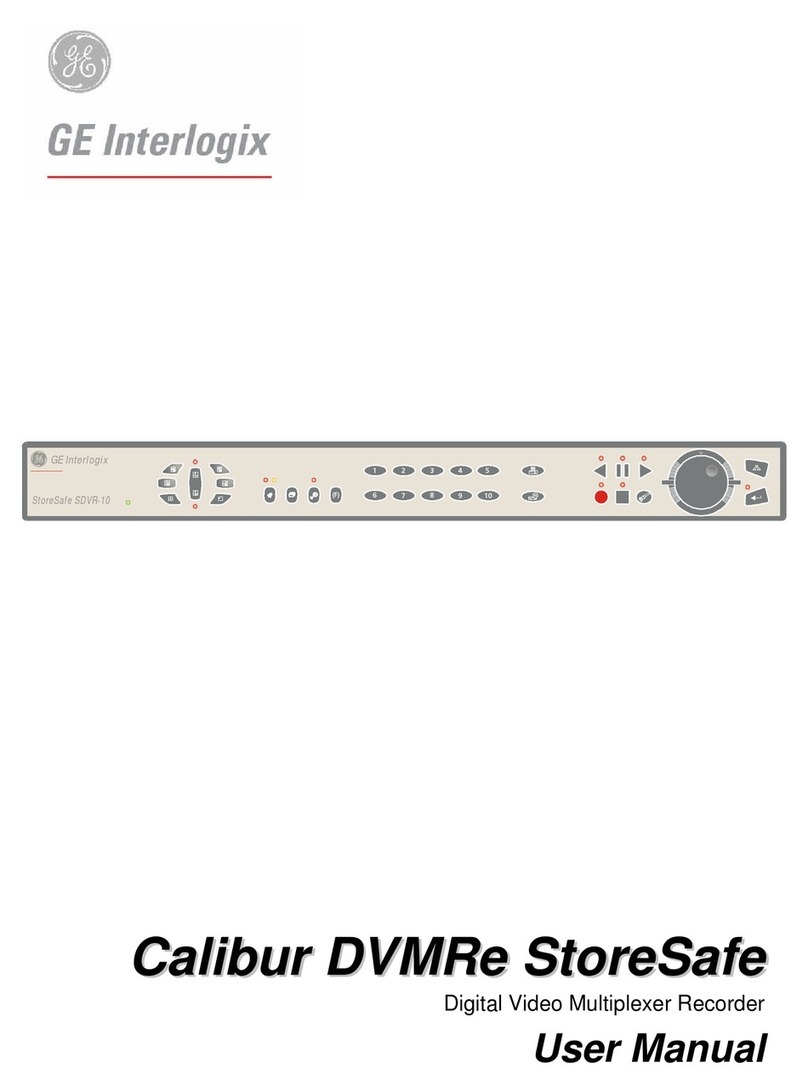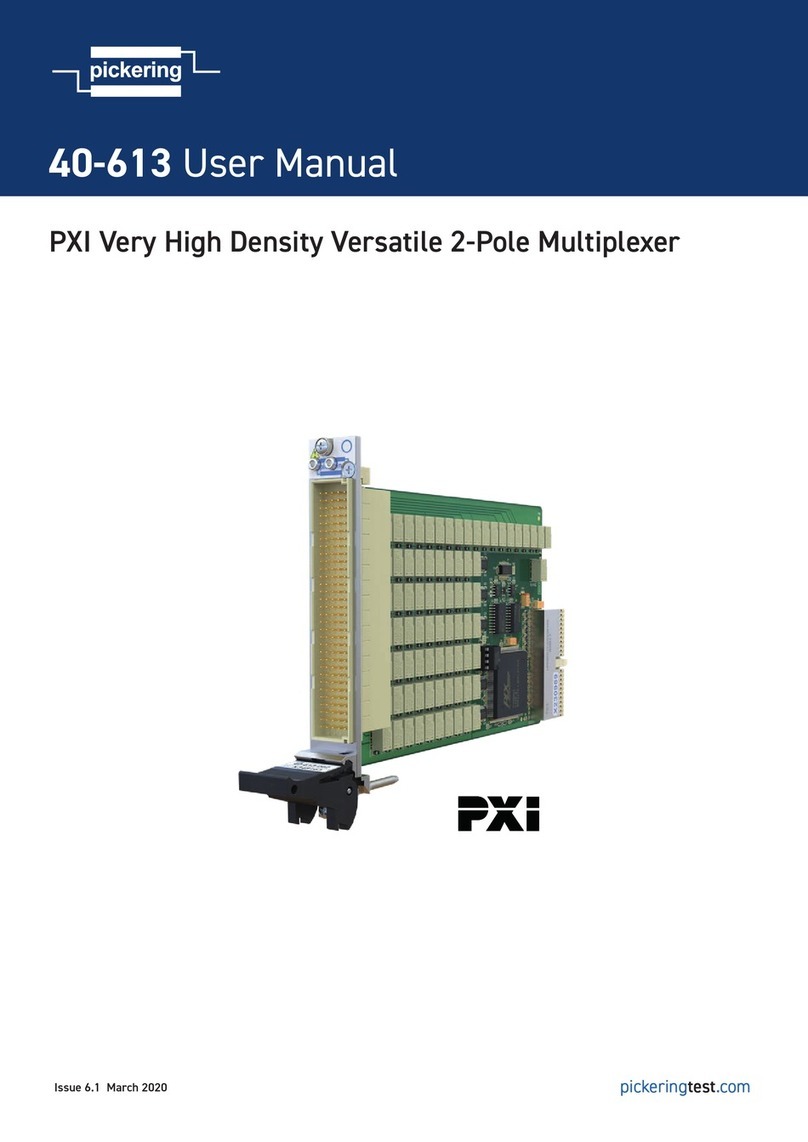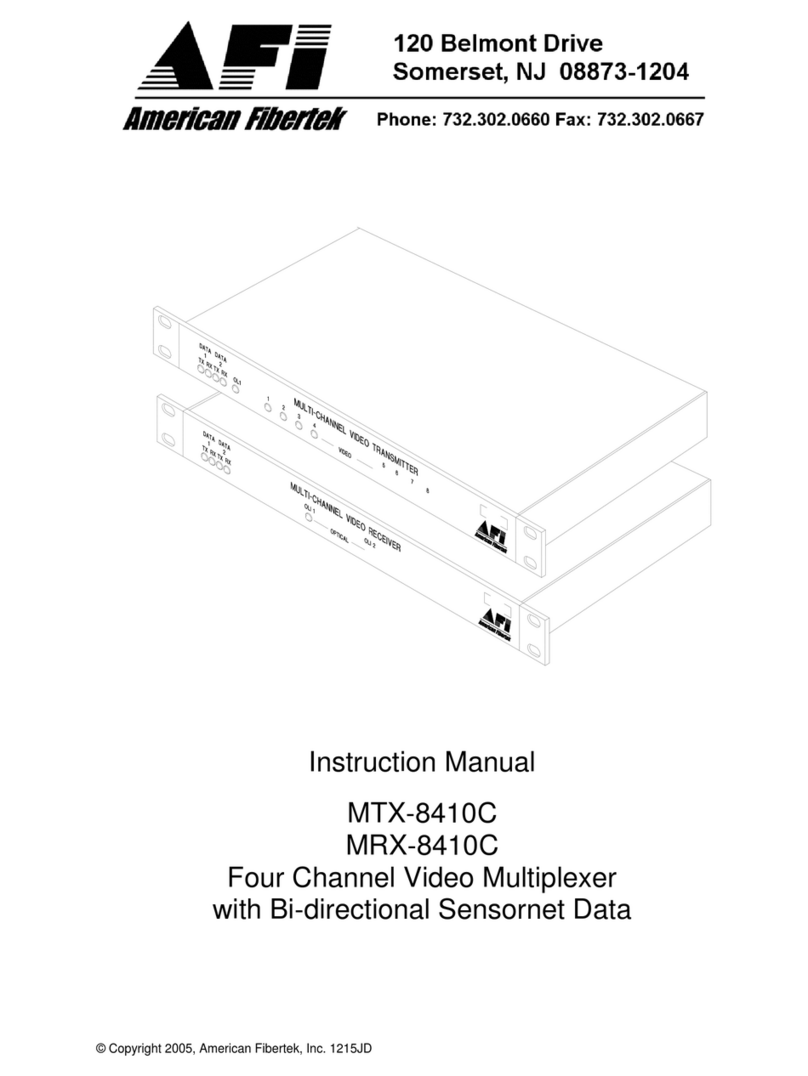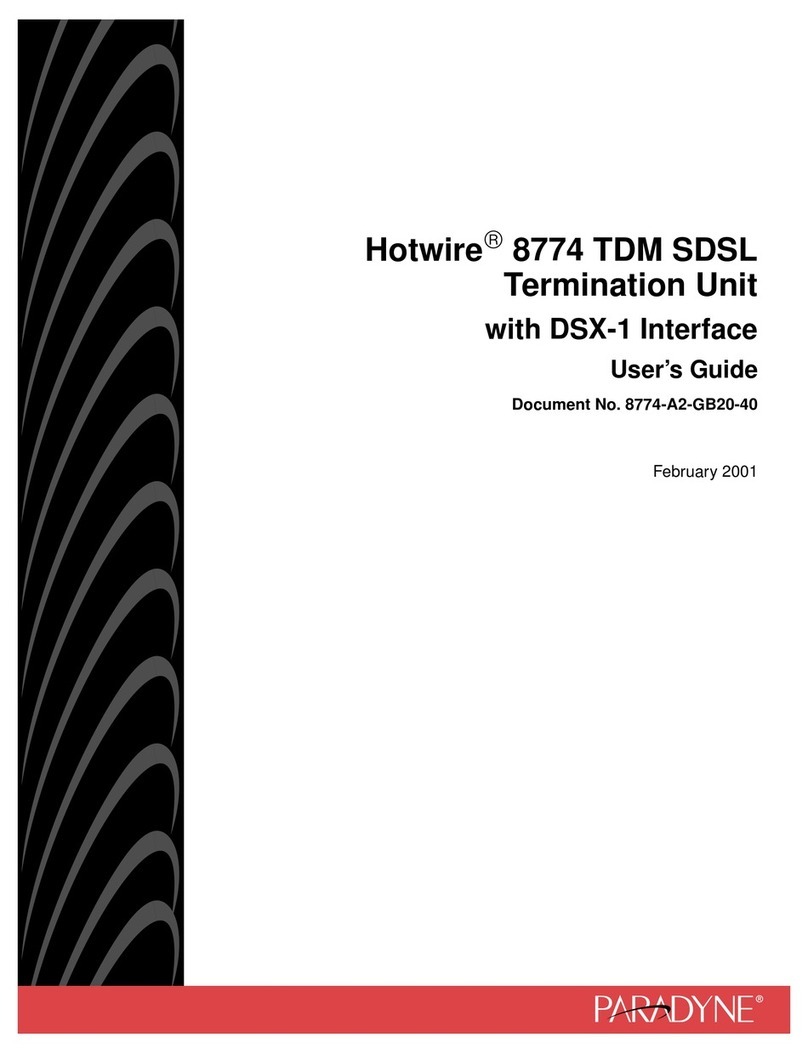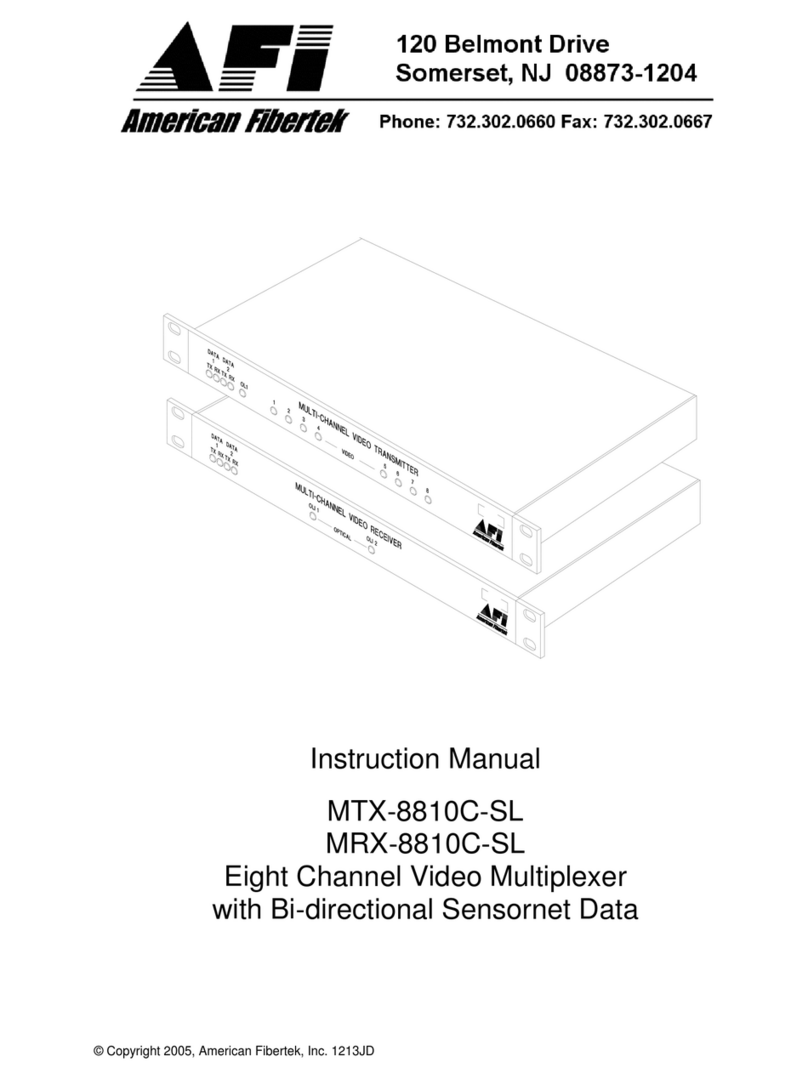
150-359-100-01, Revision 01 List of Figures
HXU-359 List 1 October 27, 2000 ix
LIST OF FIGURES
1. Soneplex Wideband 3190 Application.................................................. 2
2. HXU-359 Installed in a Soneplex Wideband 3190............................... 3
3. HXU-359 List 1 Front Panel.................................................................4
4. Installing an HXU-359 Multiplexer Card .............................................5
5. Management Interface........................................................................... 8
6. HXU-359 Main Menu ........................................................................... 9
7. HXU-359 Menu Tree .......................................................................... 10
8. Config Menu: Date and Time.............................................................. 12
9. Config Menu: Card ID ........................................................................ 13
10. Clock Configuration............................................................................ 14
11. Config Menu: X-Connect.................................................................... 17
12. SONET Transparent Mapping............................................................. 19
13. M13 Interleaved Mapping................................................................... 20
14. Config Menu: DS1 Ports..................................................................... 21
15. Config Menu: STS-1 Port.................................................................... 24
16. Config Menu: APS.............................................................................. 26
17. Config Menu: Password...................................................................... 27
18. Config Menu: Software....................................................................... 28
19. Config Menu: Restore Defaults........................................................... 30
20. Main Menu: Services Status................................................................ 31
21. Monitor Menu: Active Alarms............................................................32
22. Monitor Menu: DS1 Services.............................................................. 34
23. Monitor Menu: Near-end Transport.................................................... 36
24. Monitor Menu: Far-end Transport ...................................................... 37
25. History Menu: 24-Hour Transport - Near End, STS Path................... 41
26. History Menu: 7-Day History for Service........................................... 41
